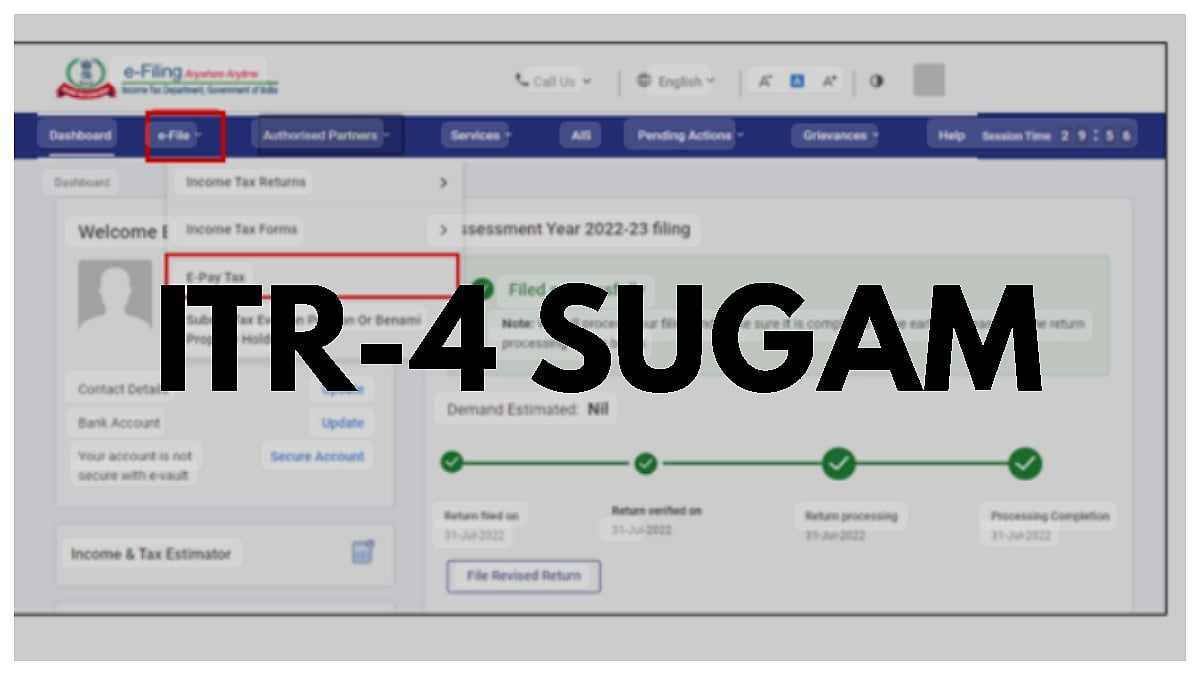Simplified Filing for Small Taxpayers, ITR-4 Sugam Form Released for AY 2025-26 | Representative Image |
New Delhi: The Income Tax Department has notified the ITR-4 (Sugam) form for the Assessment Year (AY) 2025-26, providing a simplified return filing mechanism for small businesses, professionals, and resident individuals. As per Notification No. 40/2025 dated April 29, 2025, the updated form is applicable from April 1, 2025. The announcement was officially made on the Department’s X (formerly Twitter) account on May 6, 2025.
Who Can File ITR-4?
ITR-4 is available for resident individuals, Hindu Undivided Families (HUFs), and partnership firms (excluding LLPs) opting for presumptive taxation under Sections 44AD, 44ADA, or 44AE of the Income-Tax Act, 1961. This form is ideal for small traders, professionals like doctors and lawyers, or transporters with annual income up to Rs 50 lakh.
Eligible taxpayers can also include income from one house property, interest income, and family pension, provided the total income remains within the Rs 50 lakh cap. A notable update for AY 2025-26 is that taxpayers with long-term capital gains up to Rs 1.25 lakh are now permitted to file using ITR-4, marking a significant expansion in the form’s applicability.
Who Cannot File ITR-4?
Certain categories of taxpayers remain outside the scope of ITR-4. These include:
– Individuals earning over Rs 50 lakh annually
– Those with foreign assets or income
– Persons holding unlisted equity shares
– Company directors
– Non-residents
– Taxpayers owning more than one house property
– Professionals under Section 44ADA with gross receipts exceeding the eligibility threshold
In essence, if a taxpayer fails to meet the presumptive taxation conditions or holds complex financial interests, they must file ITR-3 or other applicable forms.
Form Enhancements and Compliance Ease
The Ministry of Finance has amended the Income-Tax Rules, 1962 (via G.S.R. 271(E)) to enhance compliance convenience for small taxpayers. The updated ITR-4 includes fields for personal details, income disclosures, and deduction claims—including provisions like Section 80CCH, which aligns with the new tax regime structure.
These changes are intended to streamline the filing process and encourage wider compliance among India’s growing base of small taxpayers.
